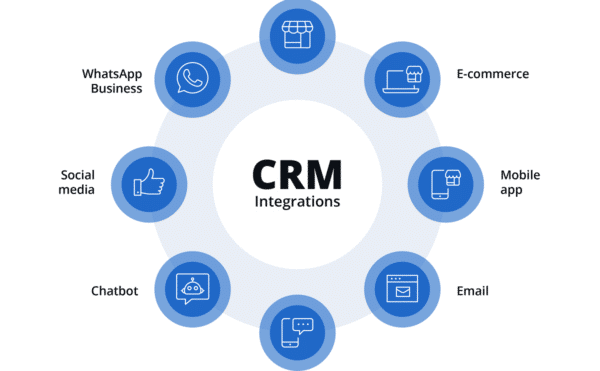WooCommerce development: an online store that runs fast and converts reliably
Need a store that’s easy to update, loads quickly, and turns traffic into orders? WooCommerce on WordPress gives you interface flexibility, full data control, and strong SEO potential. We design the catalog, build a frictionless checkout, connect payments and shipping, speed up the site, and provide ongoing support so sales stay predictable.
We work with custom themes, configure WooCommerce properly, extend features without plugin bloat, connect CRM and analytics events, set up remarketing feeds, and take care of security, backups, and updates.
Why WooCommerce matters for your business

How we build WooCommerce stores

Our Work Speaks for Itself
Any questions?

Why choose Seganiko for WooCommerce
FAQ
Our clients and partners










Want to do something great? Let us help you.
WooCommerce development: how to build a store that grows with organic traffic and conversions
WooCommerce combines WordPress flexibility with full e-commerce capability. When a store is designed right, pages load fast, users are guided transparently to purchase, and marketing gets everything it needs—from analytics events to remarketing feeds.
Our job is to build a clean architecture, a deliberate UX path, and a technical foundation that makes scaling easy.
Catalog architecture: the foundation of SEO and conversion
Strong rankings start with structure. We craft the category tree, pick attributes and filters, avoid duplicates and non-semantic pages. Each category gets an “SEO block” with short notes and links to guides—this boosts internal linking and depth of visit.
- Human-readable category and product URLs, with slash and pagination control
- Thought-out taxonomy and attribute filters that truly help selection
- Careful handling of variations to avoid thin pages
- Schema.org markup: BreadcrumbList, Product, Offer, AggregateRating
Product page: trust that sells
The product page is where decisions happen. We show benefits, specs, gallery, Q&A, and social proof. CTAs stay visible and variants switch instantly.
- Gallery with lazy-load, video, and zoom
- Variant swatches with instant price and stock updates
- Trust blocks: delivery, payment, returns, warranty
- FAQ with anchors and a mini table of contents for long descriptions
Frictionless checkout
Most orders are lost at checkout. We trim fields, enable guest mode, add clear hints, and preserve form state on refresh.
- Minimal required fields, phone input masks, and address autocomplete
- Payments in a modal or on the provider side without unnecessary reloads
- Guest checkout with optional account creation
- Coupons, points, and gift cards without overloading the UI
Speed and stability: keep Core Web Vitals in the green
Performance directly affects conversion and media cost. We optimize the critical rendering path, images, and scripts, and use caching and a CDN when needed.
- Optimized images, WebP/AVIF, and preview generation
- Critical CSS and deferred loading of non-essential scripts
- Object and page caching, tracking LCP, INP, CLS
- Uptime monitoring and error logging
Integrations and data: your store inside the ecosystem
A store doesn’t live alone. We hook up CRM and ERP, configure e-commerce events, build feeds for dynamic ads, and produce funnel reports.
- CRM: leads, statuses, segments, webhooks
- Payments: Stripe, PayPal, cards, Apple/Google Pay, local gateways
- Shipping: rate calculation, delivery times, pickup points, shipment tracking
- Remarketing feeds and catalogs for marketplaces
Content strategy: winning in organic
Categories and products are reinforced with blog clusters: “how to choose”, “comparison”, “review”, “maintenance”. Internal linking connects articles to products and categories, lifting relevance and time on site.
- Article templates with a table of contents and “read next” blocks
- Snippets with expert tips and checklists
- Q&A pages targeting frequent intents
Multi-region and multi-currency
For international setups we configure distinct prices, currencies, and taxes, proper hreflang, and separate sitemaps so search engines understand country relevance.
Common risks and how we mitigate them
- Bloated themes and builds — we use a custom theme and a lean front-end
- Random plugins — audit first and keep dependencies minimal
- Duplicate content — correct canonicals and noindex for utility pages
- No backups — offsite backups and a disaster-recovery plan
Support and growth
Post-launch, the store gets an update schedule, monitoring, backups, and an A/B testing roadmap. We measure the impact on conversion, expand the catalog, and refine UX surgically.
Conclusion
WooCommerce lets you build a fast, controllable store with strong SEO potential. With the right architecture, thoughtful UX, and a clean technical base, scaling is straightforward and ROI becomes predictable.






